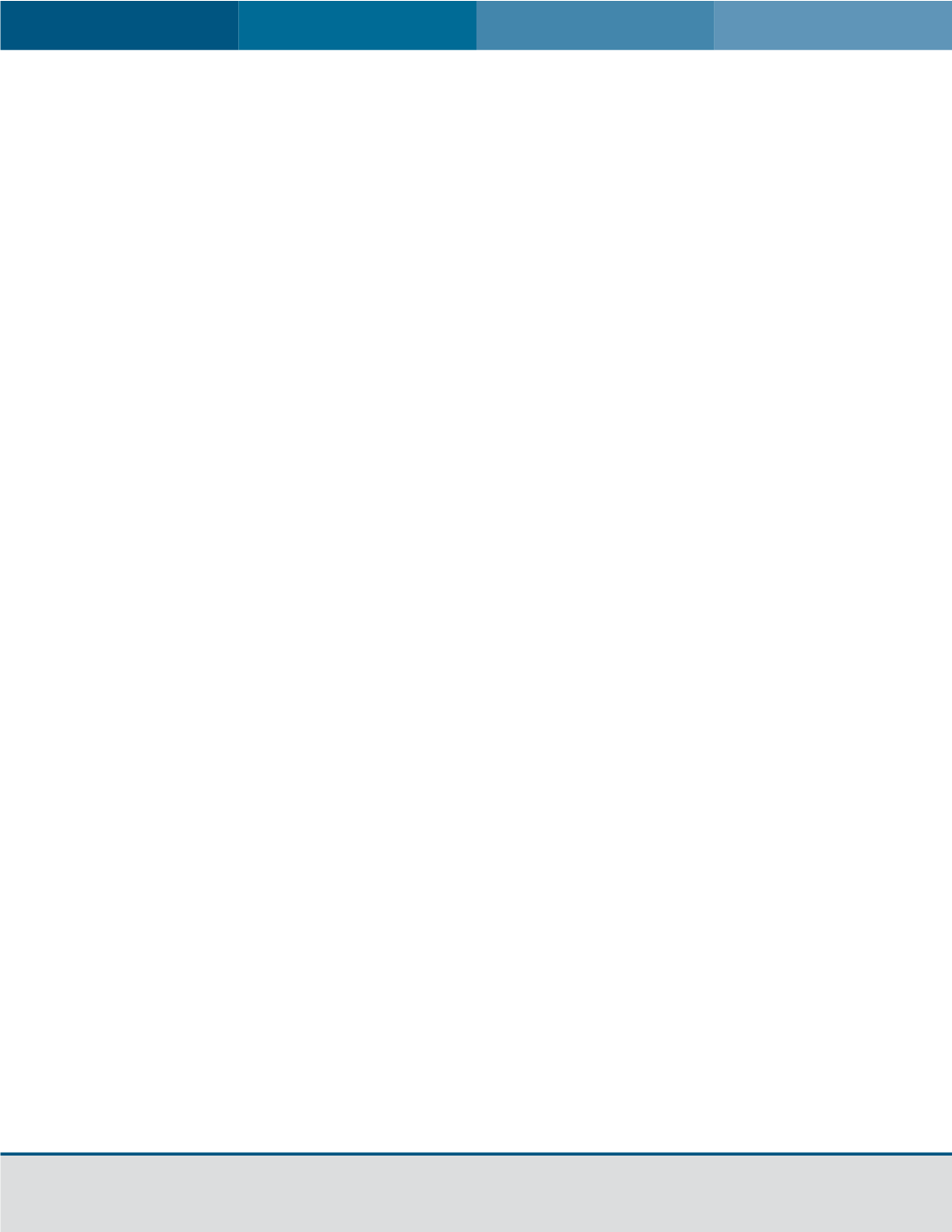
12
AASM Membership Sections Newsletter
■
Issue #6
American Academy
of Sleep Medicine
Role of Sleep Physicians, Sleep Psychologists
and Advanced Practice Providers in Educating
Providers about Insomnia
By Dr. Imran Khawaja, MD
Insomnia is associated with multiple medical disorders in
addition to workplace underperformance.
6
Up to 20% of adults with
symptoms meet diagnostic criteria for insomnia disorder and this
number is higher in patients with comorbid medical issues.
Physician education in sleep and sleep disorders including
insomnia is largely inadequate.
7
Medical students receive
approximately 2 hours of total sleep education during the course
of their medical school.
7
This leaves a huge responsibility for sleep
medicine providers to educate our medical students, residents
and fellow colleagues about insomnia, in addition to other sleep
disorders.
The majority of patients with sleep complaints are first seen by
primary care providers who are generally uncomfortable treating
sleep disorders.
8
Insomnia is one of the most frequent reasons for
referral to a sleep physician in a primary care setting
9
.
In addition to advocating for increased sleep medicine training in
medical school, sleep medicine providers can play a more valuable
role by incorporating sleep medicine within the required curriculum
and using innovative and resource-efficient strategies. In our
opinion, changing one’s role from being a “sleep consultant” to a
“sleep educator” is required. Here are some suggestions:
1. Sleep clinicians from their respective disciplines (pulmonary,
psychiatry, neurology, family medicine, pediatrics,
psychologists, nursing) should take on the responsibility of
educating their own departments about insomnia.
2. Sleep clinicians from each discipline (pulmonary, psychiatry,
neurology, etc.) should offer to teach a class on sleep
disorders/insomnia to medical students rotating through
their clerkship in that discipline.
3. Sleep medicine programs affiliated with teaching hospitals
should consider offering electives for residents from all
disciplines, encouraging them to learn about the importance
of sleep.
4. Sleep clinicians should collaborate with mental health
providers (psychologists and therapists practicing CBT-I) and
engage them in educational programs.
5. Sleep clinicians should present grand rounds to other
disciplines, emphasizing impact of insomnia on common
medical conditions such as diabetes, hypertension and
depression.
6. Sleep clinicians should work as liaisons between the sleep
program and other departments and invite them to attend
sleep medicine grand rounds and case conferences.
7. Sleep clinicians should collaborate with family medicine
and psychology colleagues to organize workshops on sleep
disorders and insomnia.
In addition to these suggestions, sleep medicine advance practice
providers should network with their peers from other disciplines
and present information about insomnia at their forums.
The key to be more effective in educating the next generation of
providers about insomnia is to be available to others when they have
questions. This can only be achieved if one changes his or her role to
a teacher, liaison and colleague instead of simply a “sleep consultant.”
In addition, asking for feedback from colleagues about the best ways
they prefer to learn about insomnia is crucial.
Sleep Related Apps and Gadgets - Can We Use
Them with Insomnia?
By Dr. Suzanne E Goldman, PhD, APRN
Incorporating an insomnia treatment program into your clinical
practice was addressed in the May 2014 newsletter. Obstacles
of implementation were discussed, as well as suggestions for
overcoming these obstacles. With the advent of 24/7 electronic
media, we’d like to posit the question of what role smartphones,
tablets and wearable fitness devices have in the treatment paradigm,
and how we as providers can assist our patients in this area? Will
utilization of these make insomnia treatment more user-friendly and
accessible?
It is estimated that two-thirds of Americans have and use
smartphones. In 2013, Morris and Aguilera reported that 4% of
the health and fitness apps on one smart phone brand alone were
related to sleep. A recent Google search on insomnia apps for
smart phones and tablets yielded approximately 261,000 results.
Although a portion of these may be unrelated, one can’t ignore the
preponderance of apps directly offering help for improving sleep.
These apps range from deliverance of CBT-I therapy, relaxation
therapy and meditative music to apps that gradually wake one up
with light and vibration, to name a few. Clinicians can examine the
data with the patient and help them make changes in their sleep
behaviors and monitor the progress with them.
The use of actigraphy as a surrogate measure of sleep is well
founded in sleep research and many sleep clinics. Currently there are
approximately eight popular wearable devices that track some aspect
of sleep, ranging from sleep quality to the assessment of light versus
deep sleep. Many of our patients present with reports from their


